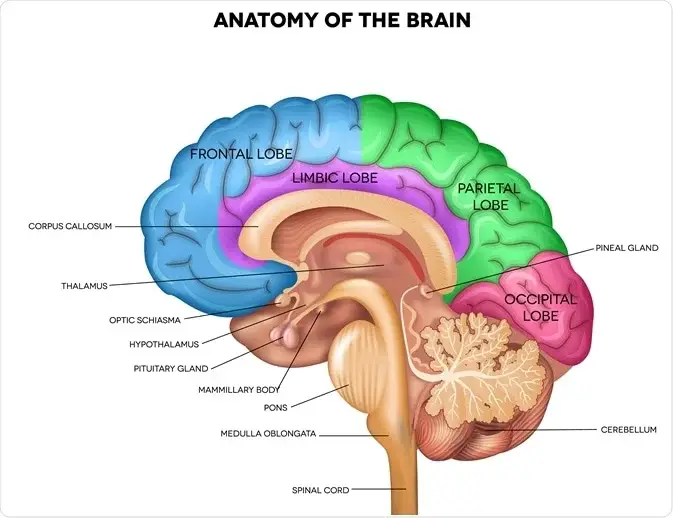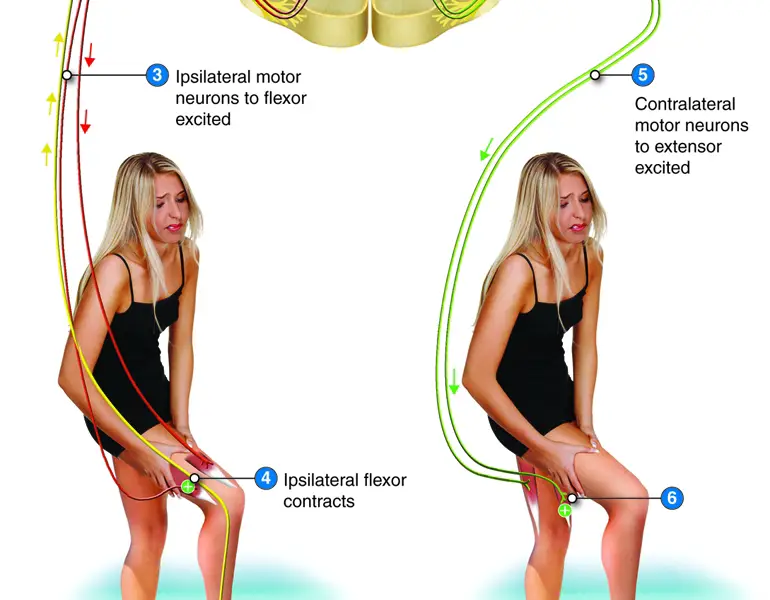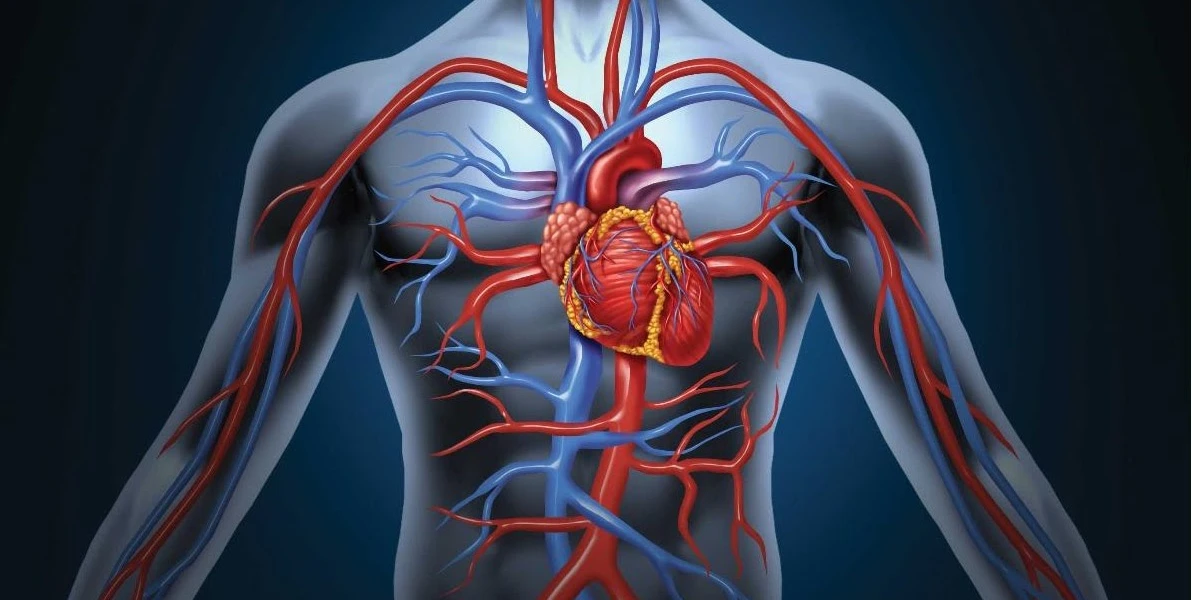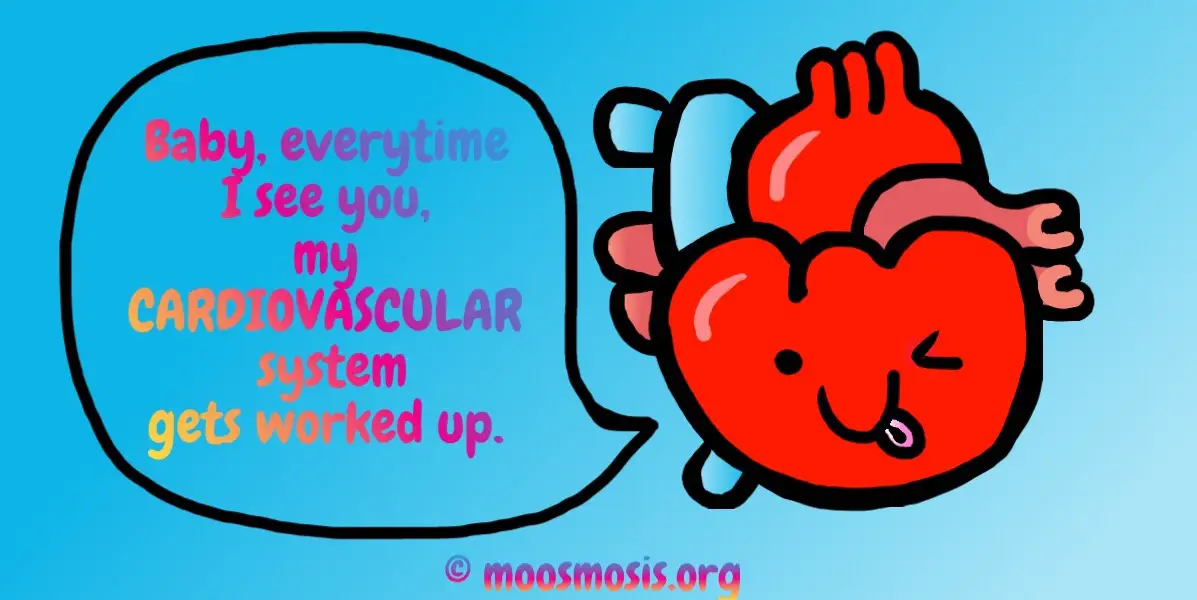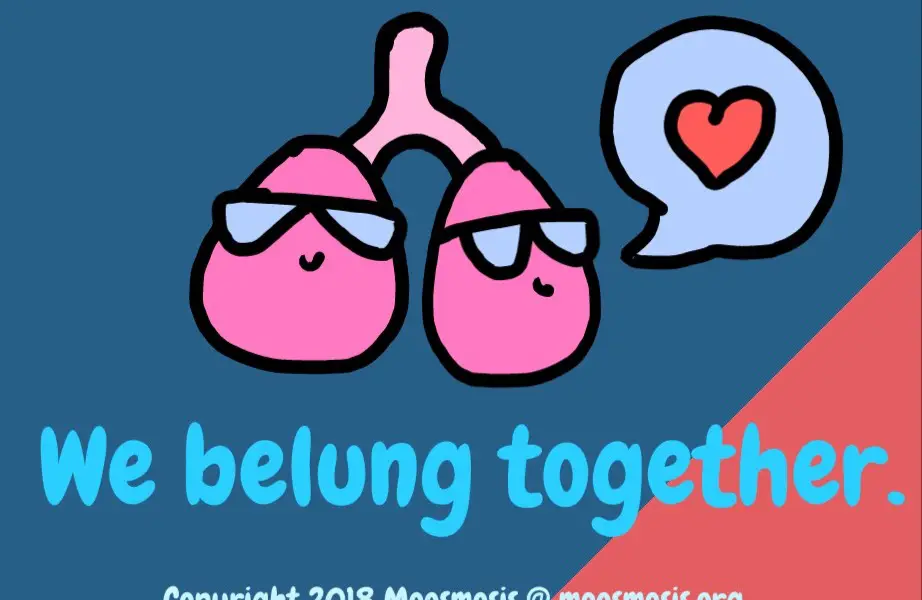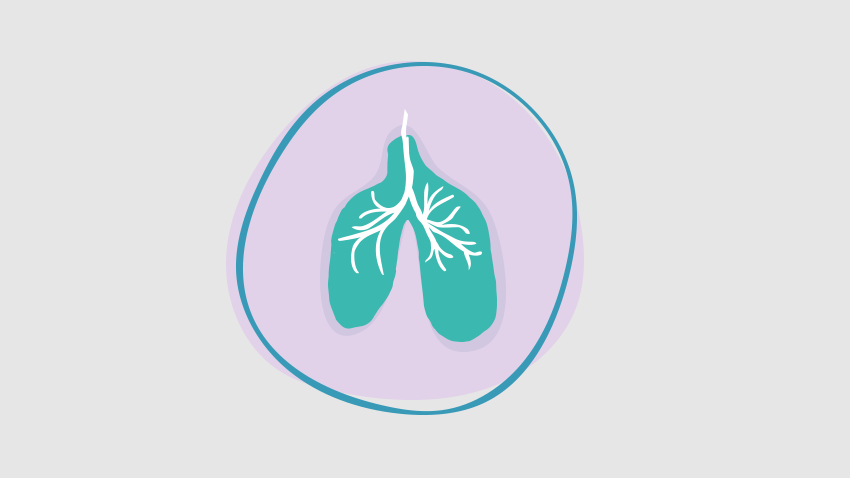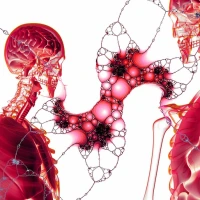Nervous System 101 Study Guide Notes: Neurotransmitter Anatomy, Glutamate vs Acetylcholine vs Histamine vs Norepinephrine vs Dopamine vs Serotonin, Selective Serotonin Reuptake Inhibitors [MCAT, USMLE, Biology, Medicine]
In this lesson, we explore the nervous system and share notes as part of the study guide series. We will explore the awesome brain and nerves! Topics include neurotransmitter anatomy, glutamate, acetylcholine, histamine, norepinephrine, dopamine, serotonin, selective serotonin reuptake inhibitors.
Check out our popular nervous system notes.


